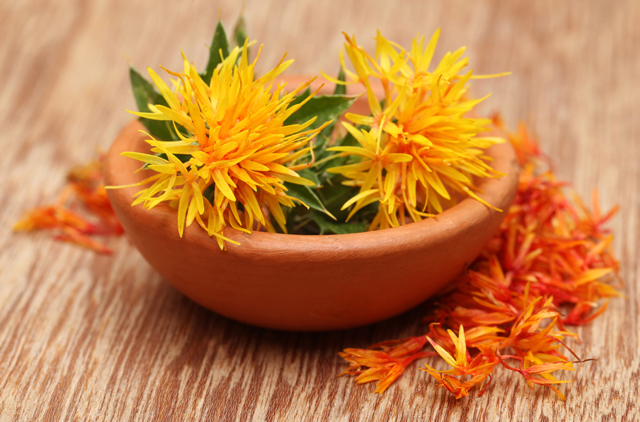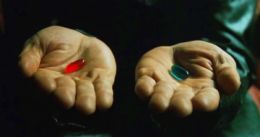
(Natural News) Researchers from the University of Macau and the Hong Kong Baptist University compiled comprehensive and up-to-date information on the phytochemistry and pharmacology of Carthamus tinctorius, also known as safflower. Their review appeared in The American Journal of Chinese Medicine.
- Safflower is a multifunctional cash crop.
- Its flowers and seeds are used extensively in folk medicine in China, Japan, Korea, and other Asian countries.
- Safflower is used for treating numerous diseases, such as gynecological, cardiovascular, and cerebrovascular diseases, as well as blood stasis and osteoporosis.
- Over the years, researchers have isolated and identified more than 100 compounds from C. tinctorius.
- Numerous studies have reported that flavonoids and alkaloids, especially the quinochalcone c-glycoside hydroxysafflor yellow A, N-(p-Coumaroyl) serotonin, and N-feruloylserotonin, are responsible for most of the pharmacological activities of C. tinctorius.
The researchers believe that their review will be helpful to others who wish to further explore the therapeutic potential of C. tinctorius and may provide future research opportunities.
Visit Herbs.news for more studies on the therapeutic potential of plants like safflower.
Journal Reference:
Zhang LL, Tian K, Tang ZH, Chen XJ, Bian ZX, Wang YT, Lu JJ. PHYTOCHEMISTRY AND PHARMACOLOGY OF CARTHAMUS TINCTORIUS L. The American Journal of Chinese Medicine. 2016;44(02):197–226. DOI: 10.1142/s0192415x16500130



